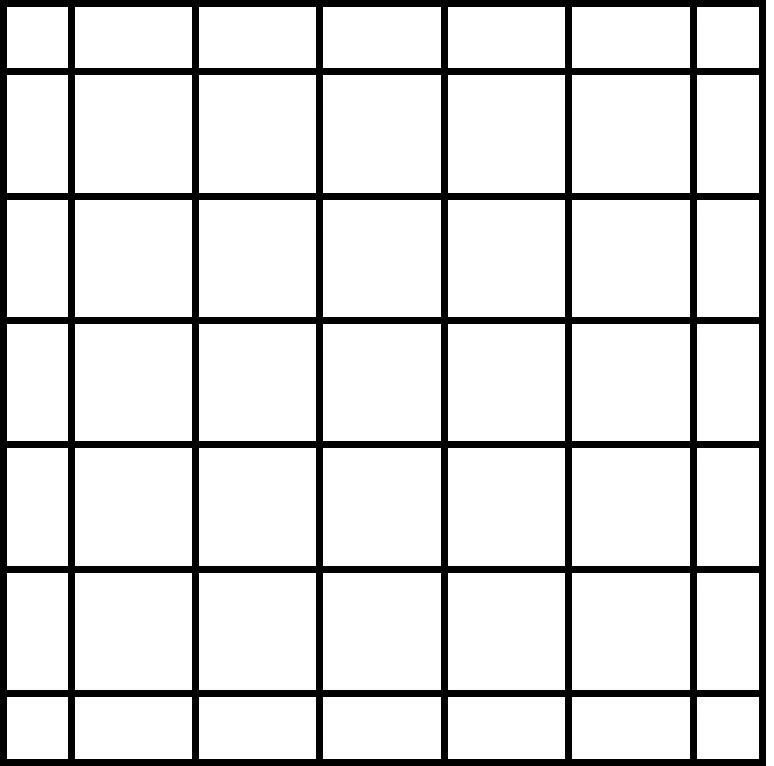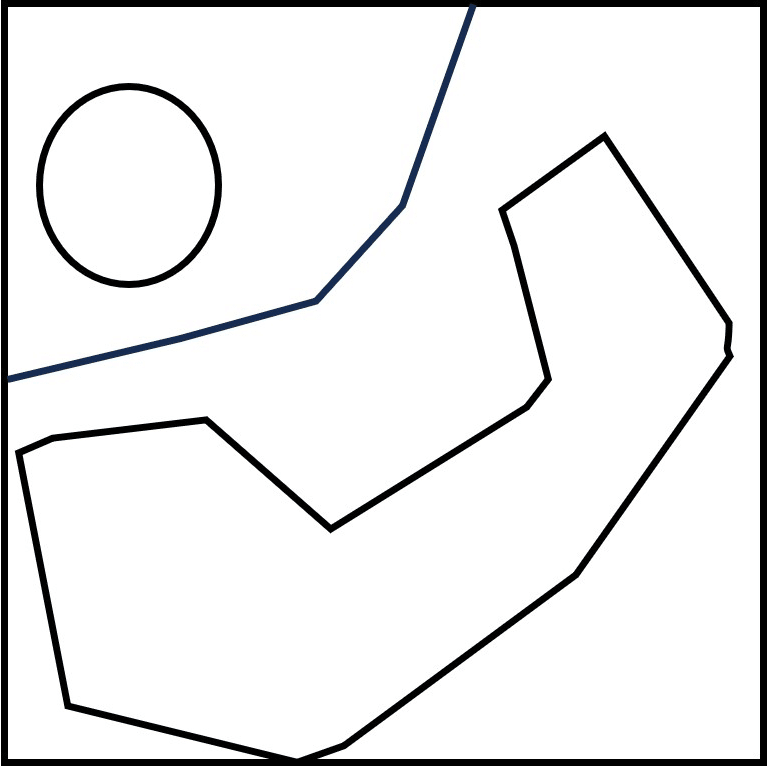Geospatial Data
Knowledge of various geospatial data types is essential for understanding, representing, and analyzing acquired data from various domains. Data carry not only spatial information but also measured values, derived data, or other targeted information. Based on their properties, they can be used for different purposes.
There are several common geospatial data types, each serving a specific purpose and having distinct characteristics.



Raster data
Raster data are represented as pixels and grid cells where every pixel has a value associated with it. Data stored in raster format can be discrete (representing distinct categories, eg. land cover types) or continuous (for example temperature or elevation).
Examples of raster data sources:
- Satellite data – Satellite imagery data are a common example of raster data. There are many types of data acquired by satellites and their processing. The temporal aspect of images is very important for continuous analysis.
- Aerial/drone orthophoto – Digital imagery obtained by aircraft (e.g. drones) is usually high-resolution raster data usable for detailed analysis.
- DEM – Digital Elevation Models are representing the surface of (usually) Earth and are essential for computations on a surface level.
Vector data
Vector data are a fundamental type of geospatial data. Vector data represents spatial features using 3 basic classes – points, lines, and polygons and the attributes associated with them. With vector data, it is possible to capture and analyze complex spatial patterns and attributes with great accuracy, providing valuable insights into spatial phenomena and supporting decision-making processes. Vector data are commonly used in addition to raster data to highlight or accompany trends and results.
Examples of vector data sources we will use in this course:
- Land/sea mask – A land/sea mask is usually a layer that identifies and delineates the land areas on a map or satellite image. It essentially acts as a filter or overlay that separates land from non-land areas, such as oceans, lakes, and other bodies of water. The land mask is typically represented as a binary or categorical, where land areas are assigned a specific value or classification while non-land areas are assigned another value.
- Surface classification mask – Surface mask acts as a classifier for different surface types and assigns each of them a distinct categorical value. Common types can be water, vegetation, or build-up areas
- Cloud mask – Cloud mask refers to the task of cloud detection in optical satellite data, where the common task is to detect (and remove) clouds to obtain better quality data.
In-situ data
In-situ data are data collected directly at the place of interest and are connected to a special location. There are many reasons why these data are important and one of them is an enhancement of data collected by other means eg. weather measurements from satellites enhanced with local air quality measurements. There are many examples of what can be measured:
- Temperature measurement
- Soil quality measurement
Datacubes
Datacube refers to a multidimensional representation of data that incorporates spatial and temporal dimensions. It is a concept used to organize and analyze large volumes of geospatial information in a structured and efficient manner. Datacubes are combining the data types discussed above into one data structure.

